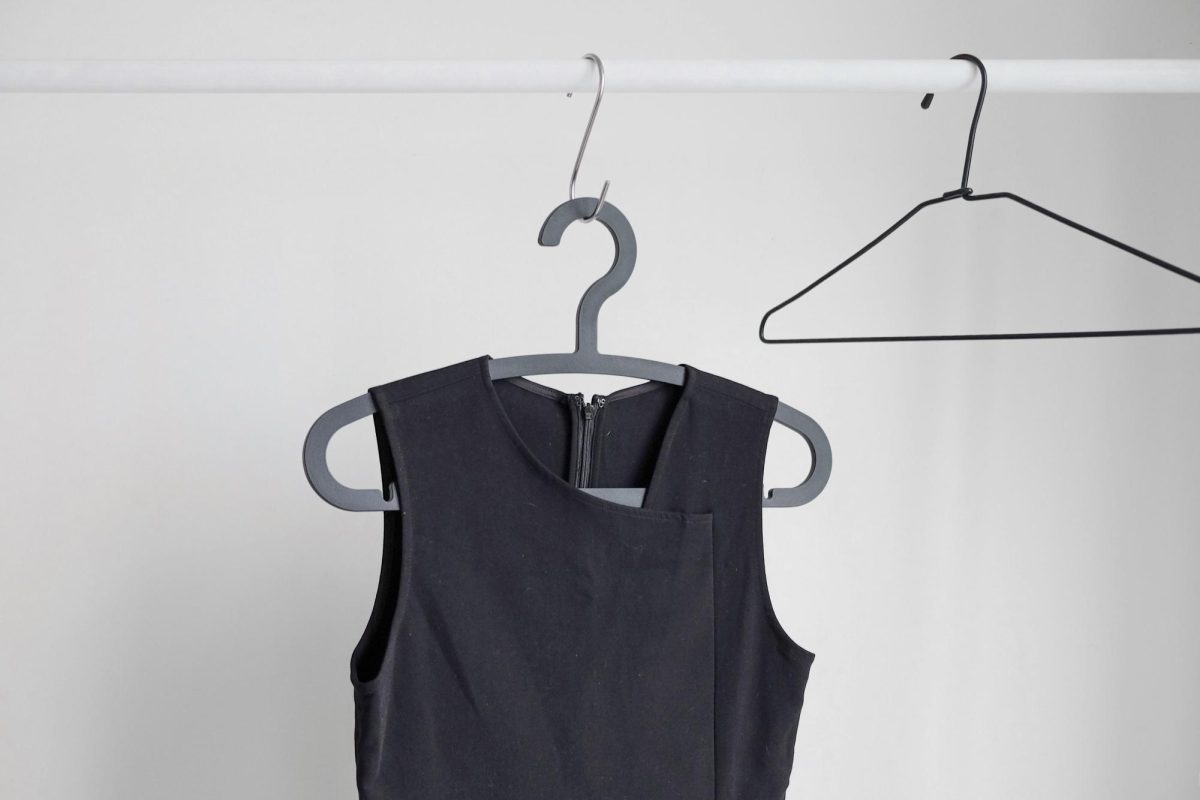As MBS students go back to school for the 2024-2025 school year, we are faced with changes to the MBS daily life: new schedule, new teachers, and most importantly, changes to the dress code. For context, the dress code has been modified in a few ways since the end of last year. For example, both blue jeans and skinny straps are now allowed on standard dress days. However, with these newly permitted clothing items, overall enforcement of the dress code has become stricter, and some of the rules remain unclear and seem biased towards traditionally feminine clothing.
While skinny straps are allowed, they must be on tops where the neckline does not dip below the armpit line. Wearing shorts is now no longer weather or time-of-year dependent, but they must be at least to “mid-thigh,” whereas last year shorts were required to have an “inseam of five inches or longer.” These two changes disproportionately impact traditionally feminine fashion styles. Though the banning of fan favorites of slippers (RIP Ugg Slippers) and crocs impact feminine, masculine and non-binary fashion styles, the other changes do not.
Students have mixed feelings about the new dress code. Sarabella Ponsiglione ‘26 said that she felt the addition of blue jeans is nice. It can be easier to dress in fashionable outfits with blue jeans added to the dress code.
Although the addition of blue jeans and shorts has been widely applauded, the increase in dress code infractions being given out by teachers has been frustrating for some. Quinn Jeffery ‘26 said, “the new dress code can be hard to follow. The rules in the dress code itself are vague, leaving it up to the interpretation of the teacher.”
The dress code changes have not just impacted students, but also faculty and staff. Dress code infractions depend almost entirely on what teachers a student has that day, which make some feel inadvertently targeted. This means that two students wearing the exact same thing could end up with only one of them being dress coded based on the teachers they run into throughout the day. In addition, teachers don’t always let students know that they are being dress coded, meaning that the student doesn’t find out until they get the PCF warning or detention notice at 5:30pm from their grade dean.

A common solution that has stemmed from the grievances with all of the inconsistencies in the dress code this year is the desire for a uniform. The institution of a uniform would be simpler than having to interpret a dress code. Posiglione said, “a uniform would decrease the stress of the dress code by truly standardizing what students are allowed to wear.” Rebecca Schwartz ‘26 agreed, “a uniform would be much easier, and, done right, could be cute.”
Ultimately, like any change at school, the new dress code has sparked the discussion between both students and faculty. Many at the school are left to wonder: is this dress code here to stay? Only time will tell if the dress code will continue to change.







